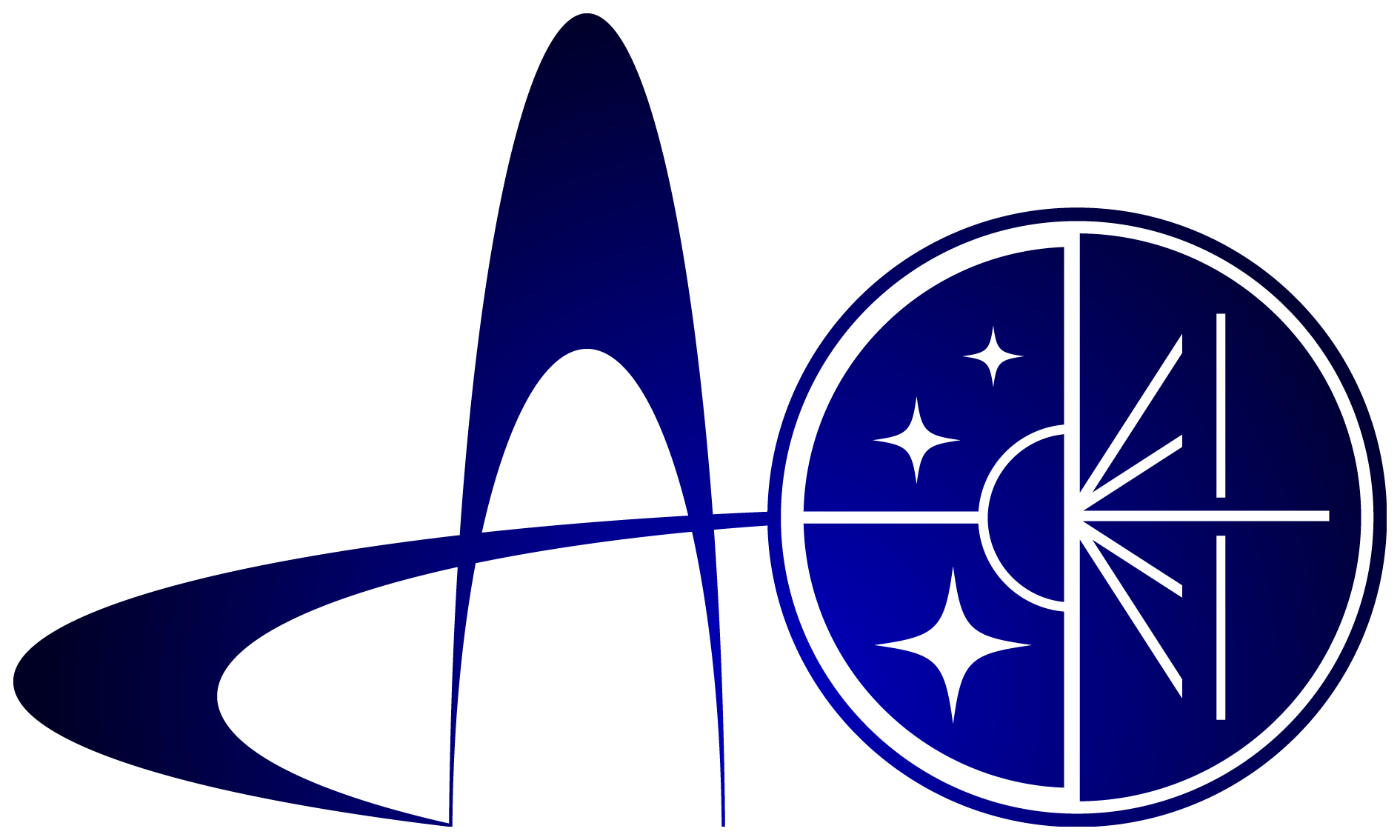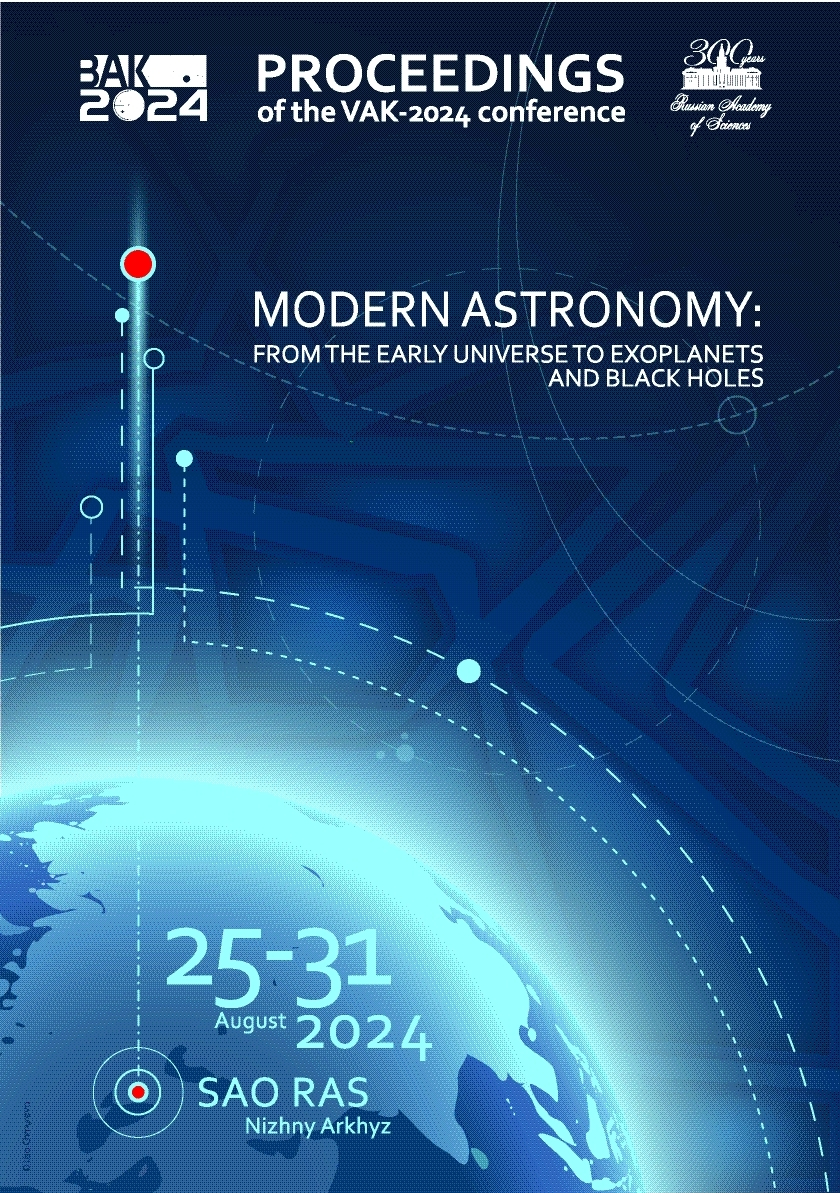UDC 53
UDC 520
UDC 521
UDC 523
UDC 524
UDC 52-1
UDC 52-6
CSCSTI 41.00
CSCSTI 29.35
CSCSTI 29.31
CSCSTI 29.33
CSCSTI 29.27
CSCSTI 29.05
Russian Classification of Professions by Education 03.06.01
Russian Classification of Professions by Education 03.05.01
Russian Classification of Professions by Education 03.04.03
Russian Library and Bibliographic Classification 2
Russian Library and Bibliographic Classification 223
Russian Trade and Bibliographic Classification 614
Russian Trade and Bibliographic Classification 6135
BISAC SCI004000 Astronomy
BISAC SCI005000 Physics / Astrophysics
We present the development of a method for determining dwarf novae parameters and their temporal changes from the analysis of observations for several times. Using the modeling method of H I lines in the optical spectra of dwarf novae with high-temperature white dwarfs leads to large errors in the measured parameters. Therefore, the idea of using observations for several times was proposed, which will allow to determine the parameters of the system with greater accuracy. The dwarf novae FL Psc, which belongs to the WZ Sge type, was chosen as a test object. Its spectroscopic observations were carried out in 2021 and 2023 years by the 6-m BTA telescope. According to the light curve from the ZTF archive, in 2021 FL Psc was in a quiescent state, and in 2023 observations were made at the final stage FL Psc of relaxation to the pre-outburst level. The values of white dwarf temperature in both times of observations were obtained using the requirement of the invariability of the gravity value on its surface. However, similar temperature values in both times of observations differ from the literature predictions on the temperature increase of a white dwarf after a superoutburst.
methods: numerical; stars: dwarf novae, fundamental parameters; individual: FL Psc
1. Afanasiev V.L and Moiseev A.V, 2005, Astronomy Letters, 31, 3, p. 194
2. Baraffe I., Chabrier G., Barman T., et al., 2003, Astronomy & Astrophysics, 402, p. 701
3. Dudnik A.A., Shimansky V.V., Borisov N.V., et al., 2023, Astrophysical Bulletin, 78, 1, p. 25
4. Eggleton P.P., 1983, Astrophysical Journal, 268, p. 368
5. Girardi L., Bressan A., Bertelli G., et al., 2000, Astronomy and Astrophysics Supplement Series, 141, p. 371
6. Godon P., Sion E.M., Cheng F., et al., 2006, Astrophysical Journal, 642, 2, p. 1018
7. Kato T., 2015, Publications of the Astronomical Society of Japan, 67, 6, id. 108
8. Kolbin A.I., Borisov N.V., Serebriakova N.A., et al., 2022, Monthly Notices of the Royal Astronomical Society, 511, 1, p. 20
9. Long K.S., Sion E.M., Gänsicke B.T., et al., 2004, Astrophysical Journal, 602, 2, p. 948
10. Masci F.J., Laher R.,R. Rusholme B., et al., 2019, Publications of the Astronomical Society of the Pacific, 131, 995, p. 018003
11. Mitrofanova A.A., Borisov N.V., Shimansky V.V., 2014, Astrophysical Bulletin, 69, 1, p. 82
12. Panei J.A., Althaus L.G., Benvenuto O.G., 2000, Astronomy & Astrophysics, 353, p. 970
13. Smith R.C., 2006, Contemporary Physics, 47, 6, p. 363
14. Templeton M.R., Leaman R., Szkody P., et al., 2006, Publications of the Astronomical Society of the Pacific, 118, 840, p. 236





